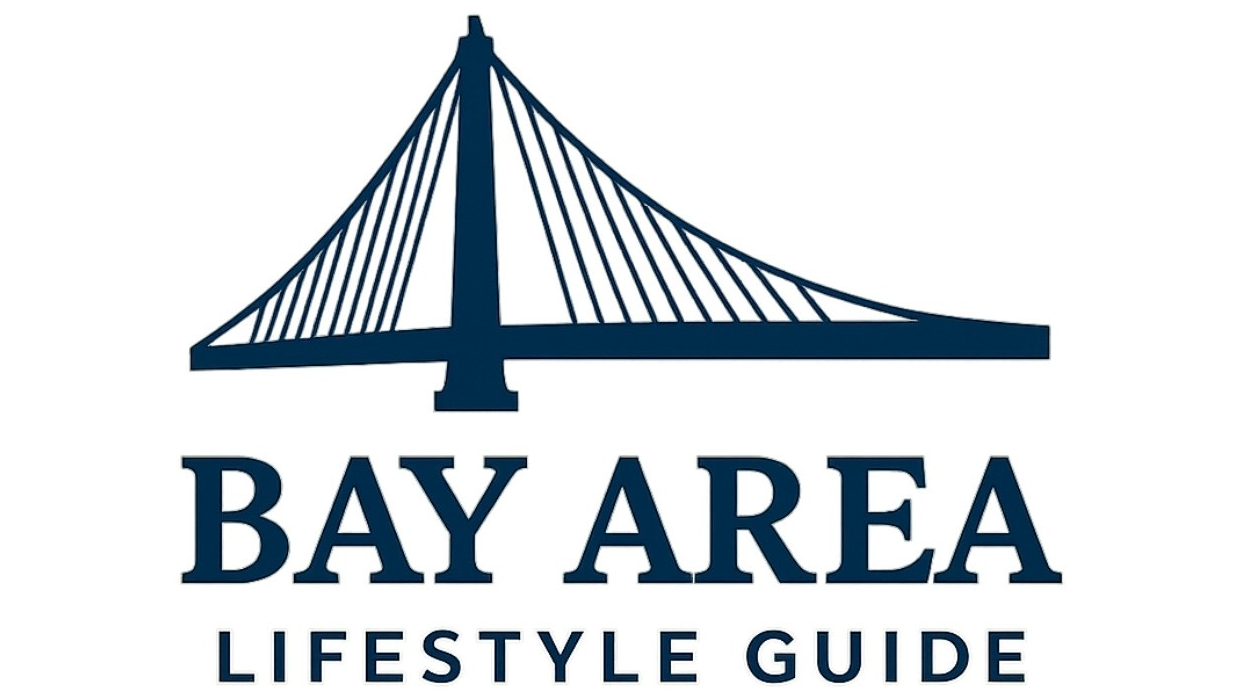
Understanding Our Craving for Livable Streets
As urban life continues to evolve, our connection to the streets we walk on is more crucial than ever. The need for pedestrian-friendly environments has transcended mere convenience; it's about enhancing our quality of life. Streets designed with the pedestrian in mind can significantly improve both physical health and mental wellness. But why is this shift toward livable streets so essential, especially in metropolitan areas like the San Francisco Bay Area?
The Health Benefits of Pedestrian Environments
Walking is not just a means of transportation – it is a cornerstone of a healthy lifestyle. Research has shown that regular walking can lower the risk of chronic ailments such as obesity, diabetes, and cardiovascular issues. The correlation between walkable communities and health is powerful, highlighting the necessity of well-thought-out urban planning. According to the CDC, areas incorporating pedestrian-friendly designs can lead to a reduction in obesity rates and an increase in overall physical activity among residents.
How Urban Design Affects Mental Well-Being
Modern city structures that prioritize vehicles over pedestrians can lead to environments that cause stress rather than alleviate it. In many American cities, including San Francisco, poorly designed urban areas can evoke feelings of insecurity and isolation. Pictures of wide, empty streets paired with barren plazas create mental barriers that lead to disengagement from one’s surroundings. The neuroscience behind these environments explains how urban design influences our cognition and emotional well-being. Spaces bustling with greenery, art, and human interaction help reduce cortisol levels in the brain, contributing to a more calming and restorative experience.
The Role of Visual Engagement in Urban Spaces
Our brains thrive on stimulation, which can be found in vibrant urban spaces with shops, greenery, and art. Cognitive engagement is essential for memory creation and emotional satisfaction. The presence of engaging elements like murals, street performers, or bustling cafes not only makes a walk enjoyable but also invites people to return to these environments. As people stroll through art-laden streets, they experience a sense of wonder and joy that stark, empty environments cannot provide.
Creating Safer, More Attractive Walking Routes
Safety remains a primary concern in urban areas. Streets lined with sidewalks, shaded by trees, and dotted with benches create an inviting atmosphere. Urban design should incorporate elements that make pedestrians feel secure, such as traffic management systems that prioritize foot traffic and strategic lighting that illuminates pathways at night. Streets that feel safe invite community interaction, enhance social cohesion, and encourage pedestrians to choose walking over driving.
Engaging Community Initiatives for Better Urban Planning
Grassroots movements that advocate for pedestrian-friendly spaces are sprouting up across the Bay Area, sparking conversations about urban sustainability and community engagement. For instance, community groups are actively organizing to transform underutilized spaces into lively pedestrian hubs filled with cafes, art installations, and interactive performances. These initiatives also emphasize the importance of local voices in urban planning processes, ensuring that designs reflect the needs and desires of residents.
The Future of Livable Streets
As cities globally reevaluate their approach to urban design, the benefits of investing in pedestrian-friendly environments are undeniable. The movement for livable streets is not just a fleeting trend; it represents a broader recognition of the interconnectedness of health, community, and environment. In the coming years, we can expect innovative designs, policies that support walkability, and infrastructures that promote not just movement but experience. For lifestyle-conscious adults in the Bay Area, this is an opportunity to advocate for change that aligns with our values – health, wellness, and vibrant community life.
Certainly, as we reimagine our streets, the increasingly popular notion of designing roads like gardens isn't just whimsical—but vital for a thriving community.
 Add Row
Add Row  Add
Add 



Write A Comment